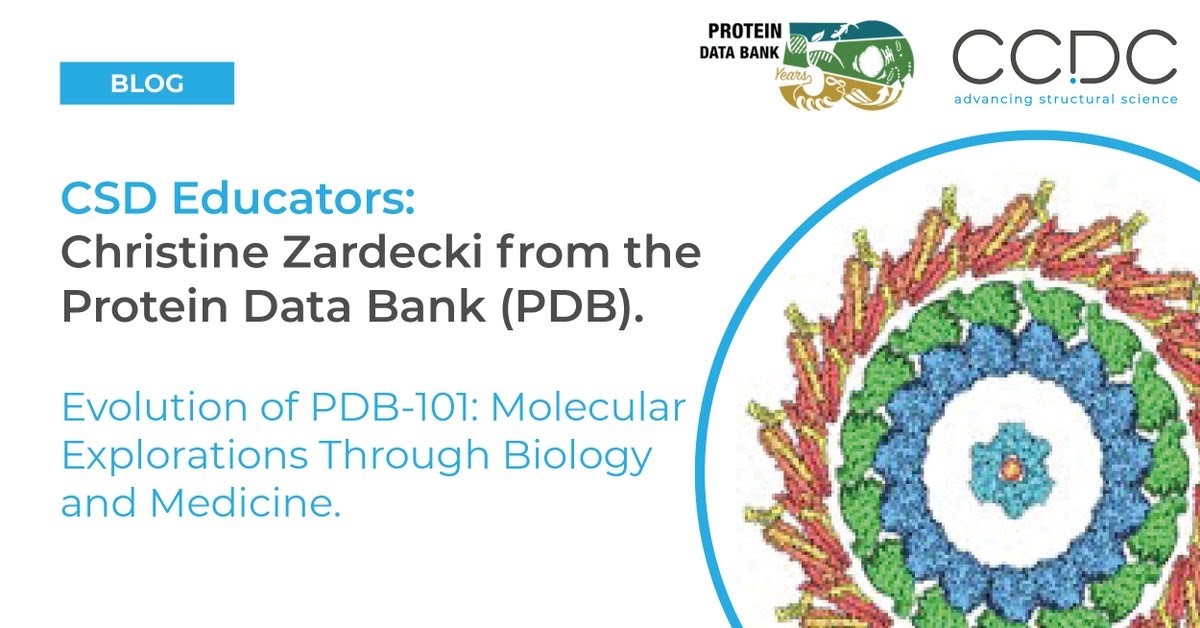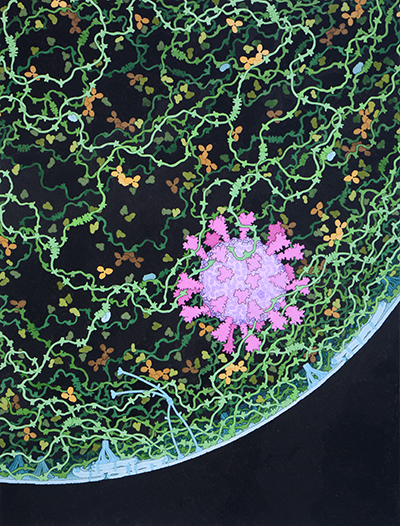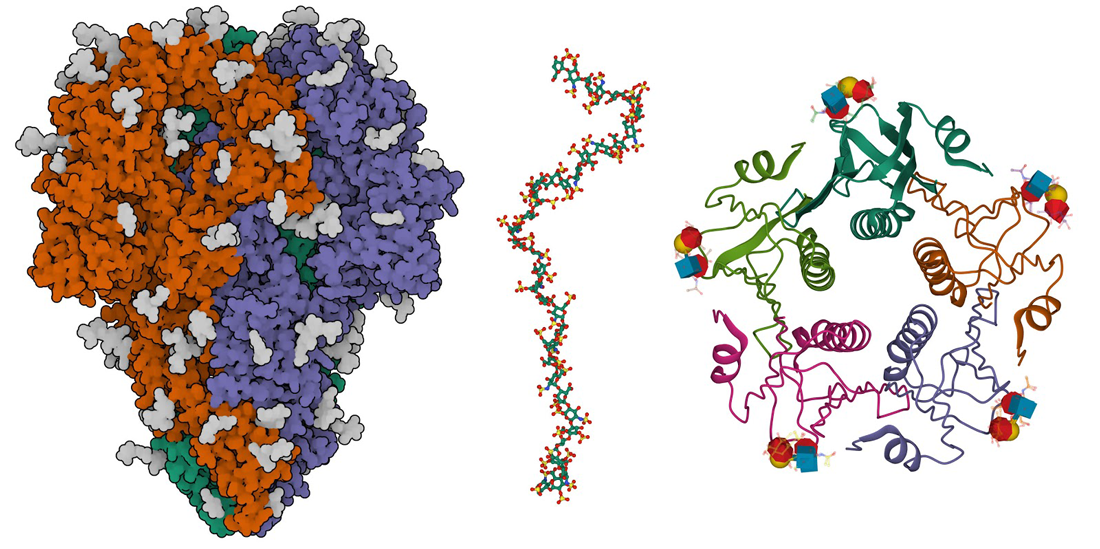Outreach and Education 
Award-Winning Videos on Molecular Mechanisms of Drugs for Mental Disorders
High school students are excellent science communicators. The submitted entries in this year's Video Challenge demonstrate tremendous creativity and used many storytelling approaches to communicate the Molecular Mechanisms of Drugs for Mental Disorders.
Congratulations to the 2021 Prize Winners
First Place:
Inhibiting Acetylcholine Destruction to Combat Alzheimer's Disease
by Ethan Cartagena
Peninsula Liberty Academy, San Carlos, CA
Team advisor: Deanne Cartagena
Second Place:
SSRIs: Sustaining Smiles
by Khushi Desai, Gabrielle Bailey, Trisha Kopparthi, and Tanvi Singh
West Windsor-Plainsboro High School South, West Windsor, NJ
Team advisor: Matthew Foret
Third Place:
Method in Madness: A Guide to Schizophrenia
by Smita Rosemary, Rachel Yan, and Alyssa Wu
East Brunswick High School, East Brunswick, NJ
Team advisor: Anne Sanelli
Viewers’ Choice:
The Late Night Study Session: Derek's Depression Dream
by Natasha Kulviwat, Derek Minn, and He-Hanson Xuan
Jericho High School, Jericho, NY
Team advisor: Samantha Sforza
Our panel of expert judges (Margaret A. Franzen (MSOE Center for BioMolecular Modeling), Steven W. Levison (New Jersey Medical School, Rutgers University), and Christine D. Young (University of Illinois at Chicago) scored the videos based on Quality of Storytelling (20%), Quality of Science Communication (30%), Quality of Public Health Message (10%), Originality and Creativity (20%), Quality of Production (10%), and Proper Accreditation (10%). The general public voted for the Viewer's Choice Award.
Many thanks to the expert judges, students, teachers, parents, and voters who made this exciting competition happen!
A Look at the Evolution of PDB-101

The CSD Educators Blog hosted at the Cambridge Crystallographic Data Centre posts stories about educational journeys and how the Cambridge Structural Database can be key to learning.
Established in 1965, the CSD is the world’s repository for small-molecule organic and metal-organic crystal structures. Containing over one million structures from x-ray and neutron diffraction analyses, this unique database of accurate 3D structures has become an essential resource to scientists and a tool for education.
The latest article in the blog series looks at Evolution of PDB-101: Molecular Explorations Through Biology and Medicine.
This year, RCSB PDB and wwPDB are celebrating the golden anniversary of the PDB with symposia, events, and related resources.
2021 marks another milestone important to RCSB PDB: the 10th anniversary of PDB-101, RCSB PDB’s online portal for teachers, students, and the general public to promote exploration in the world of proteins and nucleic acids.
Visit the CSD Educators Blog for more.
Download Molecular Landscapes

This painting by David S. Goodsell shows a cross section through a small respiratory droplet, like the ones that are thought to transmit SARS-CoV-2. The virus is shown in magenta, and the droplet is also filled with molecules that are present in the respiratory tract, including mucins (green), pulmonary surfactant proteins and lipids (blue), and antibodies (tan). The painting was created as part of the show New Ways of Living with SciCommMake.
Goodsell's molecular landscapes are available from PDB-101 in a special SciArt Digital Archive. These watercolor paintings integrate information from structural biology, microscopy and biophysics to simulate detailed views of the molecular structure of living cells. These illustrations are free for use under CC-BY-4.0 license. Acknowledgement should be given as indicated for each illustration.
Shown here: Respiratory Droplet (2020)
Acknowledgement: David S. Goodsell, RCSB Protein Data Bank doi: 10.2210/rcsb_pdb/goodsell-gallery-024
Annual Report Published
Download the 2020 Annual Report (PDF) for an overview of recent Deposition/Biocuration, Archive Management/Access, Data Exploration, and Outreach/Education activities.
This review highlights many RCSB PDB accomplishments, PDB structures and the pandemic, and celebrating 50 years of the PDB archive.
These bulletins provide a yearly snapshot of RCSB PDB activities and the state of the PDB archive.
Paper Published: Open Access and Structure Prediction
A new Structure perspective describes how 50 years of access to the PDB has accelerated scientific advances in protein structure architecture and prediction
Open-access data: A cornerstone for artificial intelligence approaches to protein structure prediction
Stephen K. Burley and Helen M. Berman
(2021) Structure 29: 515-520 doi: 10.1016/j.str.2021.04.010
Guide to Understanding PDB Data: Carbohydrates

Examples of carbohydrates in the PDB: the coronavirus spike protein (left; 7kip) with many sites of glycosylation in gray; a fragment of heparin (center; 3irl), shown with a ball-and-stick representation; and cholera toxin bound to a small fragment of O-type blood glycans (right, 5elb), with the glycans shown using SNFG representation. More on carbohydrates at PDB-101.
The constantly-growing PDB is a reflection of the research that is happening in laboratories across the world. This can make it both exciting and challenging to use the database in research and education.
PDB-101's Guide to Understanding PDB Data was created to help users navigate through the contents of the archive without having a detailed background in structural biology. Topics cover biological assemblies, molecular graphics programs, R-value and R-free, and more.
A new chapter has been added to help users examine the carbohydrates are represented in the PDB archive. Topics in this article include:
- General Overview
- Importance of Carbohydrates in Biology
- Representing Carbohydrates
- How Carbohydrates are Specified in PDB Entries
- Finding carbohydrates in the archive
- The "Oligosaccharides" Section of the Structure Summary Page
- Viewing Carbohydrates in Mol*
PDB50 Poster Prize Winners

Poster Prize awardees
At the inaugural PDB50 meeting, ~275 posters were presented (Abstracts Day 1 | Day 2); 209 of these presentations were considered for poster prize awards.
Best in High School: Nicholas Mamisashvili, Shelter Island High School, Molecular Dynamics Simulation of 6PEY.pdb a Novel Mutation in the Enzyme Methylenetetrahydrofolate Reductase
Best in Undergraduate: Ijeoma Okoye, Vassar College, X-ray and Antioxidant Determination of Butein and 2’,4’-dihydroxy-3,4-dimethoxychalcone to Examine their Antimalarial Activity by Binding to Falcipain-2
Best in Graduate: Daniel Sultanov, New York University, Mining for functional ribosomal variants in Saccharomyces cerevisiae
Best in Postdoctoral Scholars: Seda Kocaman, National Institute of Environmental Health Sciences, Different ATP binding states of the essential AAA (ATPases Associated with various Activities)-ATPase Rix7 facilitate substrate translocation in ribosome biogenesis
Many thanks to the poster prize judges:
BMRB: Hamid Eghbalnia
PDBe: Genevieve Evans, John Berrisford
PDBj: Genji Kurisu
UConn: Bing Hao, Irina Bezsonova, Melissa Caimano
University of Naples: Luigi Di Costanzo
RCSB: Brian Hudson, Brinda Vallat, Cathy Lawson, Chenghua Shao, David Goodsell, Dennis Piehl, Ezra Peisach, Helen Berman, Irina Persikova, Joan Segura, Justin Flatt, Rachel Kramer Green, Stephen Burley, Yuhe Liang, Zukang Feng
RIT: Paul Craig




